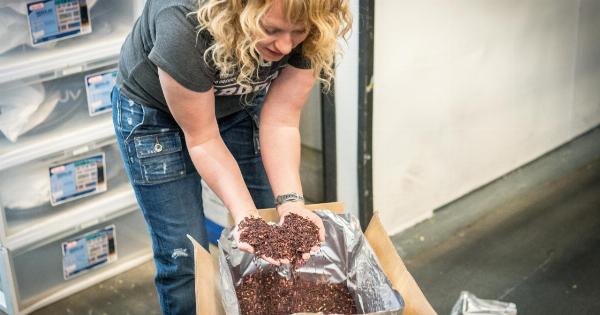Heat is essential for various daily activities and industrial processes. While coal has long been a primary source of heat, concerns about its environmental impact and potential carcinogenic properties have grown.
This article aims to explore alternative sources of heat and analyze whether they pose similar risks to human health.
Natural Gas
Natural gas, composed mainly of methane, has gained popularity as a cleaner alternative to coal. It produces fewer carbon emissions and pollutants when burned, contributing to improved air quality.
However, the combustion of natural gas releases nitrogen oxides, which can contribute to the formation of smog and may have detrimental health effects.
Wood
Wood has been used as a source of heat for centuries. While burning wood releases carbon dioxide, a greenhouse gas, it is considered carbon-neutral when obtained from sustainably managed forests.
However, the combustion of wood releases particulate matter and toxic compounds like polycyclic aromatic hydrocarbons (PAHs) that can be carcinogenic.
Electricity
Electricity is another widely used source of heat, particularly in modern homes and industries. It offers numerous advantages, including being clean at the point of use and not emitting direct pollutants.
However, the generation of electricity from fossil fuels, such as coal and natural gas, can release pollutants and contribute to global warming.
Renewable Energy Sources
Renewable energy sources, such as solar power and geothermal energy, are gaining prominence in the heat generation sector. Solar power harnesses the sun’s energy using photovoltaic cells, while geothermal energy utilizes the Earth’s heat.
These sources are considered environmentally friendly and do not emit harmful substances directly during operation.
Oil
Oil is another significant source of heat, primarily in the transportation sector and for space heating. Like coal, it is derived from fossil fuels and combustion can produce carbon emissions, contributing to global warming.
Furthermore, some oil products contain impurities and toxins that can have adverse health effects when burned.
Biogas
Biogas is a renewable source of heat that results from the decomposition of organic matter. It mainly consists of methane and carbon dioxide, with trace amounts of other gases.
While biogas can be a sustainable alternative to coal, its composition may vary depending on the feedstock used, potentially leading to the release of pollutants during combustion.
Hydrogen
Hydrogen is often touted as a clean and efficient energy source. When burned, it produces only water vapor as a byproduct. However, producing hydrogen often relies on fossil fuels, such as natural gas, which can release carbon emissions.
Additionally, the current production methods for hydrogen are energy-intensive and not fully sustainable.
Heat Pumps
Heat pumps are energy-efficient devices that use electricity to transfer thermal energy from a colder environment to a warmer one, effectively heating the desired space.
They consume less energy compared to conventional heating methods, making them an attractive alternative. However, their electricity consumption may still rely on non-renewable sources.
Biomass
Biomass refers to organic matter, such as agricultural residues, wood pellets, or dedicated energy crops, that can be used as a source of heat.
While biomass is a renewable energy source, its combustion can release pollutants such as nitrogen oxides and volatile organic compounds. Proper equipment and regulation are essential to minimize these emissions.
Conclusion
While coal has well-documented health risks, it is important to consider the potential carcinogenic properties of other heat sources.
Different alternative sources have varying degrees of environmental impact, air pollutant emissions, and associated health risks. Renewable energy options and energy efficiency measures should be prioritized to minimize both the health risks and environmental consequences associated with heat generation.




























